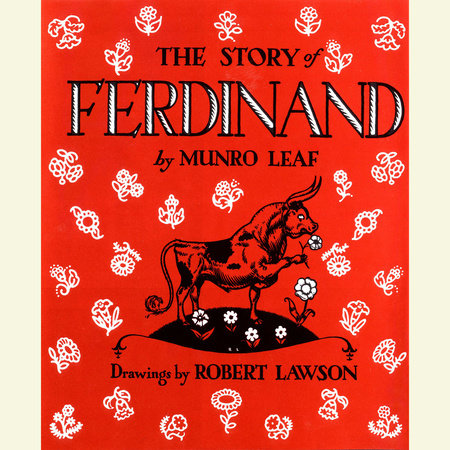Last week, we talked about The Story of Ferdinand and the impacts and messages that classic picture books carried. Today, we are going to talk about the recent, 2017 film adaptation release of Ferdinand. As mentioned, I and a good friend of mine—who coincidentally is co-writing this article with me—went and saw this movie.
First, so much emotion. I cried. Twice. Hands down, one of the best animated movies I have seen in a long time–I never thought that any movie could come close to being as amazing as Disney’s Zootopia, with anywhere near the same amount of feels or re-watch ability, but folks, that movie is here. And its name is Ferdinand.
In terms of the book, this movie carried those themes of violence, conformity, and animal rights through with it, but gave them a modern-day twist. In this second part of our three-part post, I want to talk about something that rang close to home with me. Let’s talk animal rights. More specifically, lets talk science and animal exploitation.
For brevity’s sake, I am going to narrow down this discussion to three of the main characters in Ferdinand: Guapo, Machina, and the hero of the story, Ferdinand—or as he is so adora-bully called in the movie, Ferd. Let’s start with the handsome, the charmingly goofy, and scardy-bull Guapo. This lovable, silly bull was like that friend who tries so hard, but never quite gets there. He and the other bulls had been training all their lives to fight the matador, but in Guapo’s case—though he never admitted it—he was too soft to be a fighting bull. His lack of fighting prowess would inevitably lead to his failure to be selected to fight the matador, getting “culled” from the herd, and sent off to the “chop-house”— the slaughter house.
The last stop in the line for the bulls in this movie, and for those today as well. I admit to feeling my heart stop as I watched dopey, sweet Guapo being carted off toward it, obviously happy thinking he was being taken away to fight the matador, up the hill and to the chop-house, billowing smoke into the distance. The only thing that kept my tears at bay was the knowledge that this was a G-rated movie. The depiction of the slaughter house was like an assembly line of butchering and meat packaging , and I appreciated the way the movie chose not to sugar coat, but also made the seen viewer-friendly by not showing blood.
For a movie directed towards a younger audience, it certainly delved into some gritty stuff. As a firm believer that children can understand and cope with far more than we give them credit for, I appreciated this. In reality, this kind of thing happens. The bulls who are not worth fighting are killed for food, and the ones who are aggressive enough to fight wind up getting killed in the ring. Its animal exploitation: this movie went there, showing anyone watching the kinds of ways that animals are raised and suffer just for entertainments sake. There’s a difference between raising an animal to use it for natural purposes, like livestock, or raising it to watch it fight and kill itself against others of its own kind for enjoyment.
Machina is another example of not only exploitation but was a total Easter egg for genetic modification and testing in animals. He was a black and white bull—Frankenstein, anybody? —who didn’t speak and whose movements were oddly robotic—at one scene in particular, he was even electrocuted via a fence, and was perfectly fine. Also, his name literally means “machine” in Spanish. Animals are tested on for many reasons, in different ways, most of them cruel and often unnecessary—the details of which I will not go into here. The excuse is to “further science”, but other forms of testing would surely suffice. It raises the question for science: just because you can do something, does that mean you should do something?
In the cases of Ferd, Guapo, Machina and the other bulls, they did not want to fight. Ferd just wanted to live his life peacefully, smelling flowers, and being with those who loved him. The other bulls fought because they had to, but once they realized there was more out there than just the bull fighting ring, they too wanted to join Ferdinand in that green pasture.
Next time, we will finish up this Ferdinand three-part post with our favorite boy, Valiente, and the two all-important overarching themes of the movie. What do you, if you’ve seen the movie, think these themes are? If you haven’t seen Ferdinand, go and watch this amazing film, and think about what it means in our society today.
PRR Writer, Sierra Jackson
